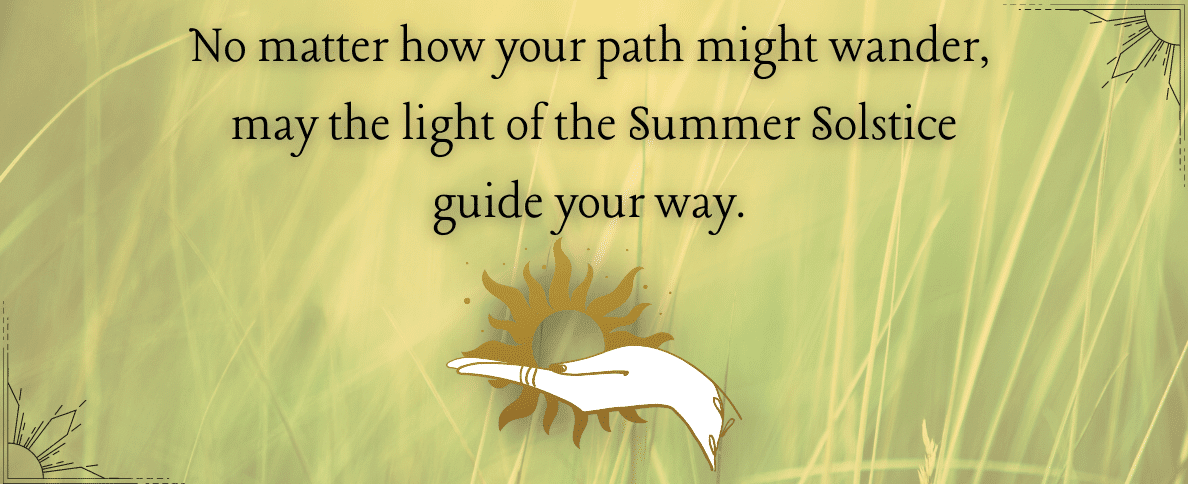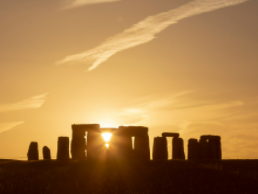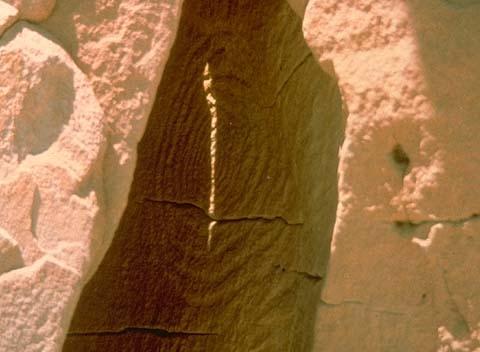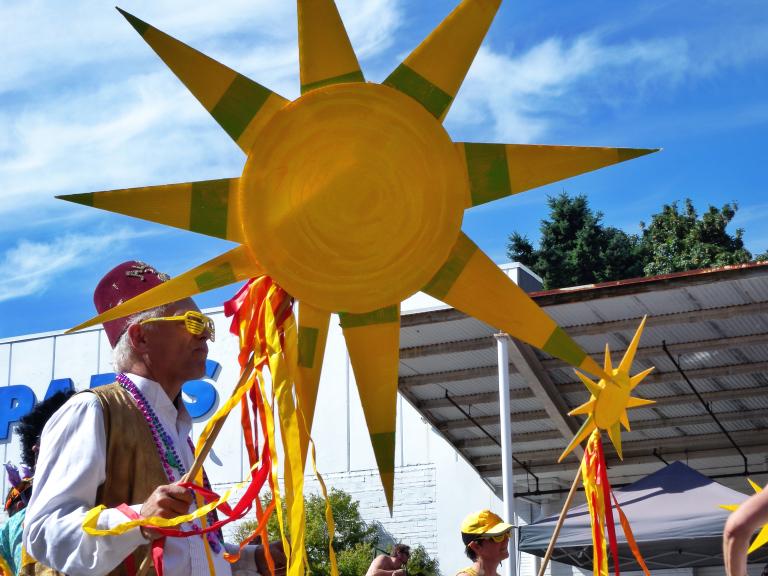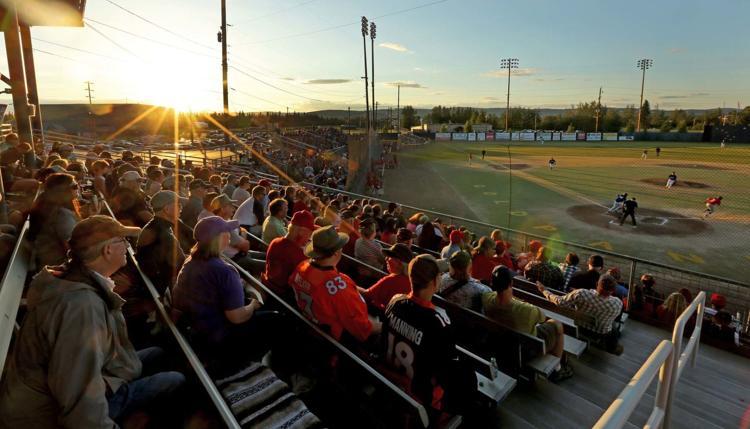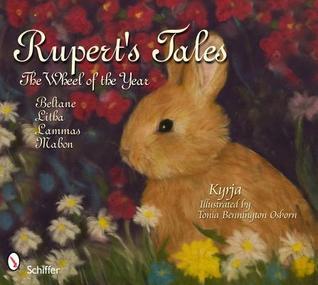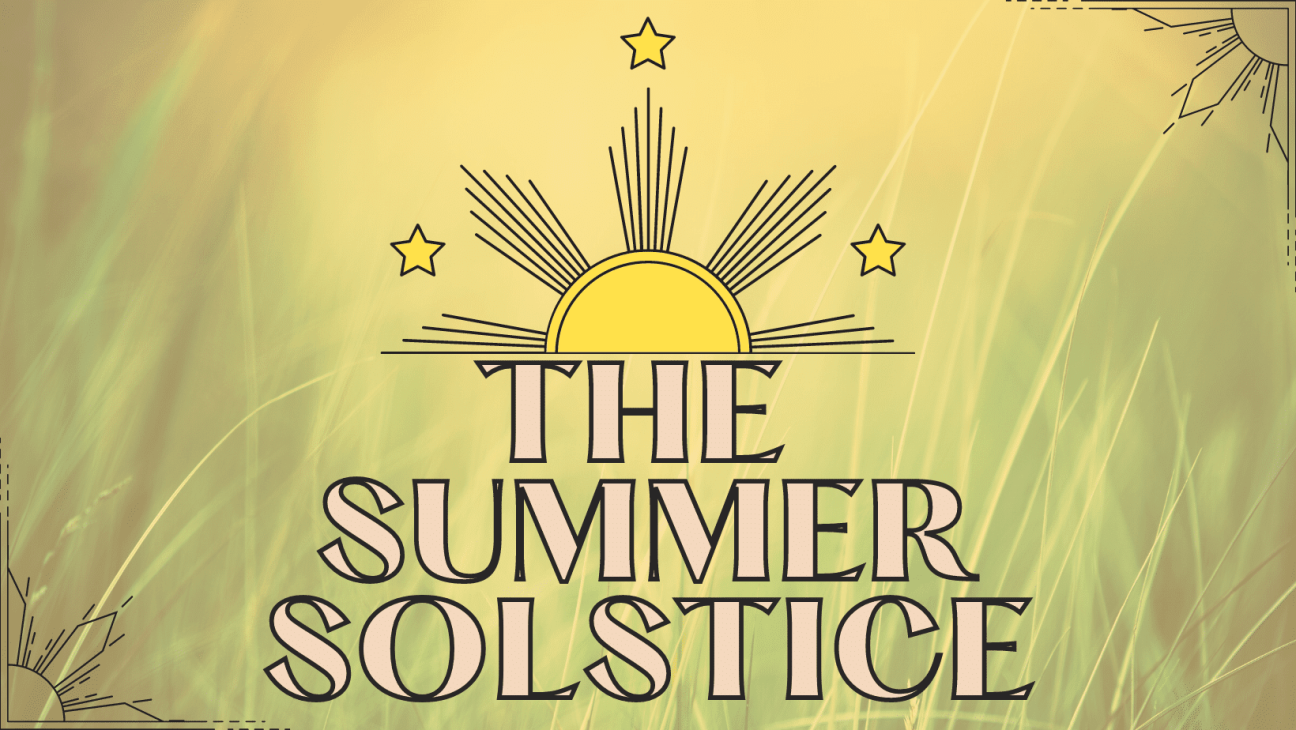
Each year, our planet Earth completes one rotation around the Sun. During that time, we experience seasons changing because of the tilt of Earth's axis (approximately 23.5°). Just as there are four main seasons, there are four main solar events in the year -- the two equinoxes (spring and fall) and the two solstices (summer and winter). The exact date of the Summer Solstice will change each year, ranging from June 20 to June 22. In 2021, it falls on June 20.
The Summer Solstice is the longest day of the year...in the northern hemisphere. This is because the Earth's axis tilts toward the Sun on this day, and so the northern hemisphere receives the most sunlight that it possibly can during this time. You may have noticed that after March, the days get longer and longer, and the nights get shorter and shorter. That's because the Earth is moving into position where the axis is fully tilted to the Sun. For our friends in Alaska, that means a LOT of sunlight. On the Summer Solstice, Anchorage will get 22 hours of sunlight -- that's almost the whole day!

Since early times, the Summer Solstice has been a significant time of year in many cultures, and has been marked by festivals and rituals.
For instance, the Stonehenge in England was built in such a way that at the Summer Solstice, the sun rises above the Heel stone (a single block stone) and shines onto the center of the circle.
In Chaco Canyon, New Mexico, the Ancestral Puebloan people carved spiral designs into rock to track the seasons. In the canyon is a petroglyph called the Sun Dagger because of the way the Sun’s wedge-shaped beams strike it in midday during the Summer Solstice.
Many Native American and Indigenous tribes celebrated the Summer Solstice as well. Wyoming’s Bighorn Medicine Wheel, an arrangement of stones built several hundred years ago by Plains Natives that aligns with the Summer Solstice, is believed by many scholars to have been the site of that culture’s annual sun dance.
Today, many countries observe their own special festivals to mark the occassion.
In Sweden, Midsummer (or Midsommar) is such an important festivity that there have been proposals to make Midsummer's Eve the National Day of Sweden. In Latvia, Midsummer's Jāņi festival is a public holiday, and is celebrated by creating floral wreaths, spending time in nature, lighting bonfires, and of course, singing and dancing. Estonia, Lithuania, and Quebec, Canada, also treat the occassion as a public holiday. The Ottawa Summer Solstice Indigenous Festival takes place in Ontario, Canada, and focuses on Summer Solstice traditions from the First Nations people.
The United States also hosts celebrations that take place with the Summer Solstice. The Fremont Solstice Parade is an annual event that takes place in Seattle, Washington. Fairbanks, Alaska is home to the Alaska Goldpanners baseball team. Each year, the team hosts the Midnight Sun Baseball Game & Festival -- the game starts at 10pm and goes long into the night, with plenty of sunshine to enjoy.
Neo-pagans (people who follow a secular faith that strives to follow older pre-Christian practices) celebrate the Summer Solstice as one of the four solar holidays (meaning a holiday that corresponds to those four seasonal solar changes we discussed earlier), and they call it Litha.
During Litha, the Sun is at its strongest, and one of the main correspondences to the Sun is fire. So, Litha celebrations usually involve big bonfires to mark the festivities, with some people going so far as to jump over the fire to bring good luck! Sometimes people will get up very early in the morning to start their Litha celebrations by greeting the Sun as it rises, and then they celebrate all day long with feasts and dancing, until the Sun finally sets.
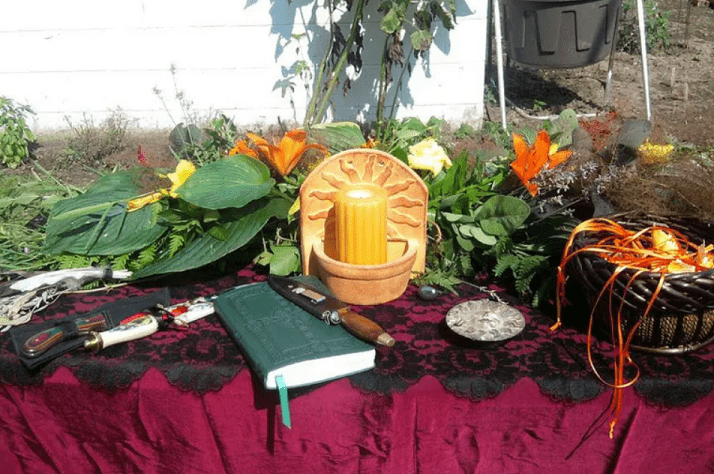
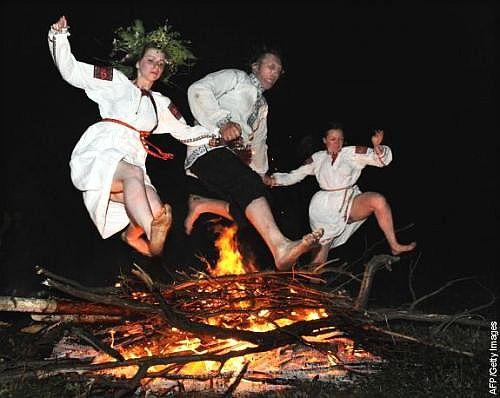
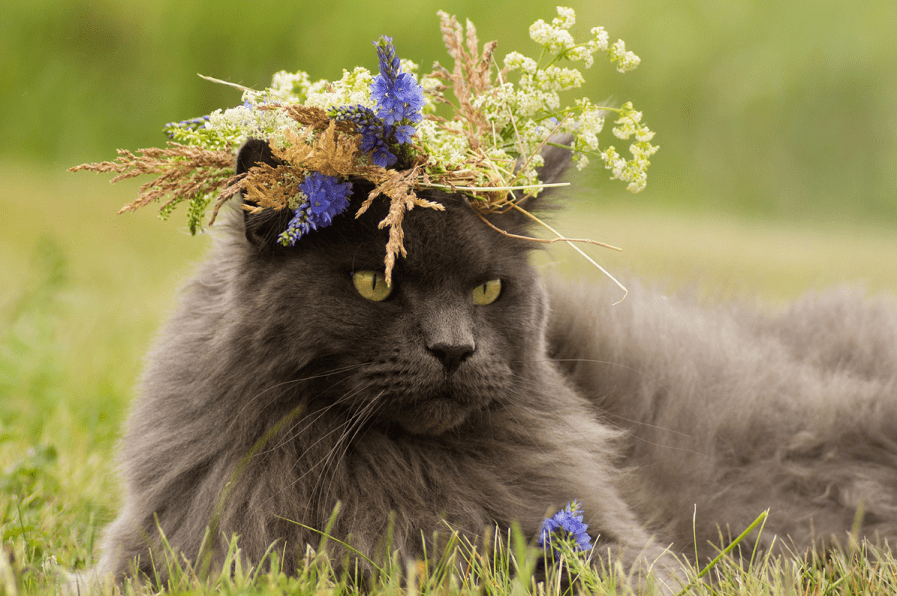
There are dozens of different ways to celebrate the Summer Solstice. Whether your experience of the solstice is something spiritual or scientific or both, it's truly a unique event!
Be sure to check out our catalog for more information about the Summer Solstice. You can also search for adult's wiccan and neo-pagan books, many of which mention Litha and practices surrounding the sabbat. We also have pagan books for children, too.
Here are some of my favorite titles:
The Summer Solstice is a special moment in our solar year, and it seems oddly fitting that this year's Summer Solstice should fall on a Sunday. I hope that you can find the time to go outside and bask in the warmth that the Sun provides us. Given that it is the longest day of the year, I'm sure you'll find lots of chances to do just that!
